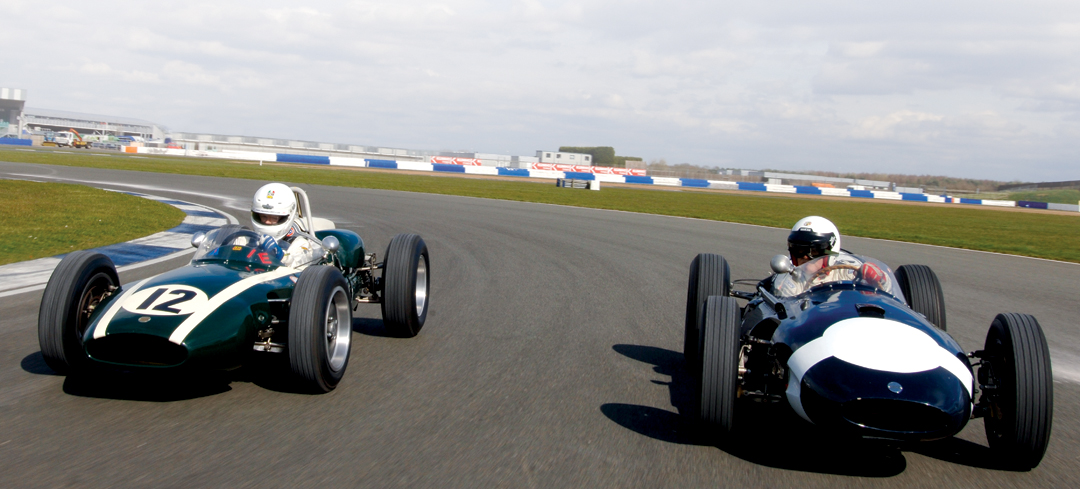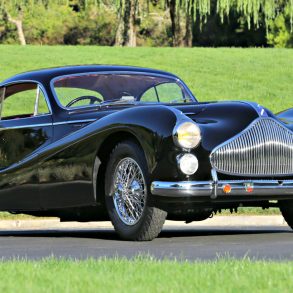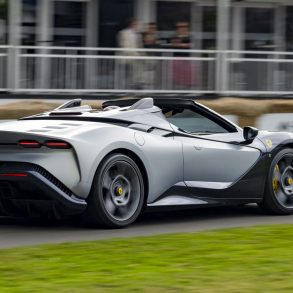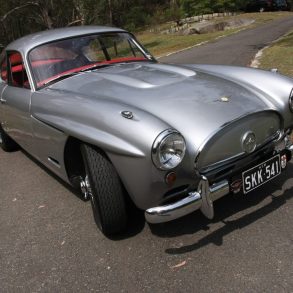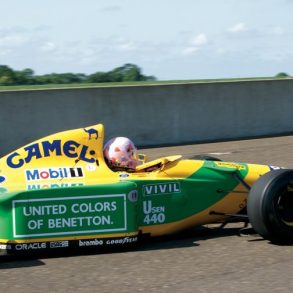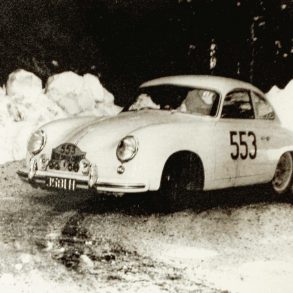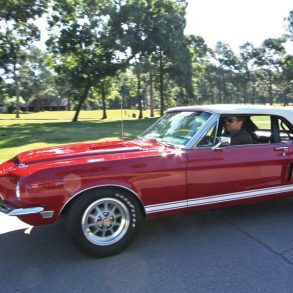1959 Cooper T-51 and 1960 Cooper T-53
The two Formula 1 Coopers you see here represent one of the key moments in the evolution of Grand Prix racing. From the beginning of the Drivers’ Championship in 1950, front-engine cars were the norm. Through the years of the 2.5-liter engine formula, Ferrari, Maserati, Mercedes, and Vanwall dominated. The British Vanwall rose to the pinnacle during the first year of the Constructors’ Championship in 1958 and took that title. Enzo Ferrari proclaimed that Grand Prix cars would always be front-engined. “You wouldn’t put the donkey behind the cart” was his view.
But behind the scenes, there was a shift going on in the “lesser” formulae, and the 500-cc F3 category was becoming largely the province of John Cooper and his father Charles Cooper with their peculiar looking little cars. But in F1, it took a long time before most people took rear-engine design seriously, and that was in spite of the huge prewar success of the Auto Union. Despite the presence of the odd Cooper in F1 toward the end of the ’50s, as 1958 came to a close with Vanwall glory, there is limited evidence that serious consideration was being given to “turning everything backwards”…except by the Cooper father-and-son team.
Become a Member & Get Ad-Free Access To This Article (& About 6,000+ More)
Access to the full article is limited to paid subscribers only. Our membership removes most ads, lets you enjoy unlimited access to all our premium content, and offers you awesome discounts on partner products. Enjoy our premium content.
Become a member today!
Already a Member?


